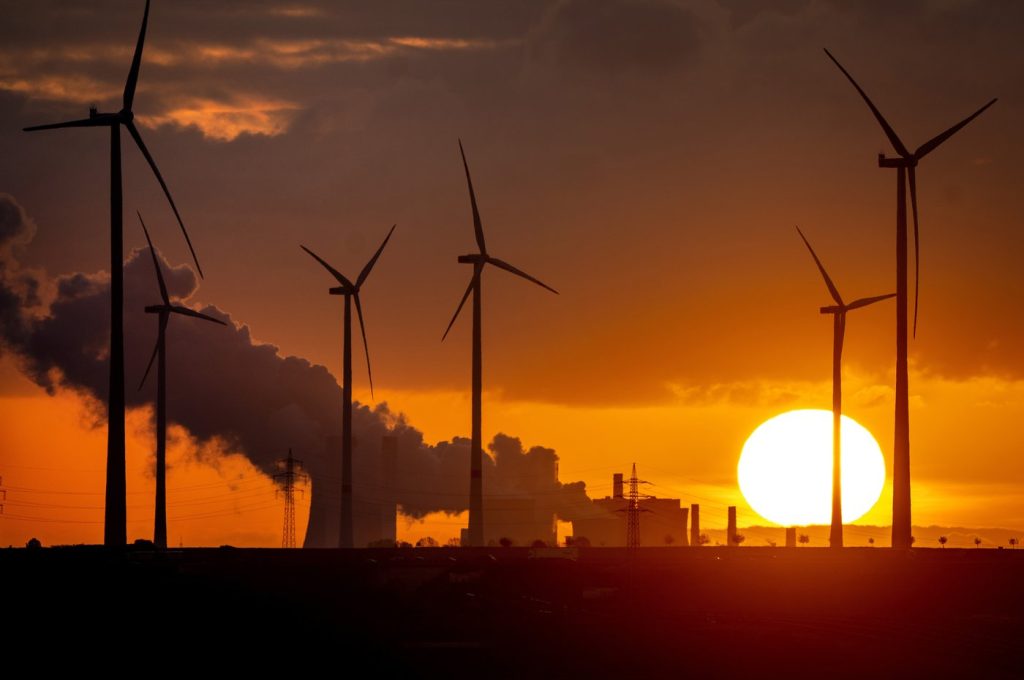When Canada's major banks departed from the Net Zero Banking Alliance earlier this year, they claimed they could continue their efforts to reduce emissions independently, without the support of the international climate coalition established in 2021 by Mark Carney, who is now the Prime Minister of Canada. However, as climate change skepticism grows, particularly in the U.S., sustainability-focused investors are urging banks to demonstrate their progress in a more transparent manner.
An increasingly popular metric for assessing banks’ climate commitments is the Energy Supply Ratio (ESR). This simple comparison gauges the extent of financial investment directed towards low-carbon energy sources in contrast to investments in high-carbon sectors such as oil and gas. Developed three years ago by the BloombergNEF research group, the ESR is designed to highlight the financing opportunities arising from the global energy transition rather than merely focusing on the negative impacts of fossil fuel funding, according to Katrina White, a senior associate of sustainable finance at BloombergNEF.
According to White, the ESR provides a more positive framework for discussing climate solutions by emphasizing the growth potential of renewable energy funding rather than merely advocating for reductions in fossil fuel investments. Financial institutions are typically more motivated by opportunities for growth than by the prospect of downsizing their operations. By significantly increasing investments in low-carbon energy before reducing funding for high-emission projects, the ESR addresses concerns about potential energy shortages.
In light of these considerations, organizations like SHARE (Shareholder Association for Research and Education), in conjunction with Denmark's largest pension fund, have put forth shareholder resolutions this year requesting that Scotiabank, BMO, TD, and CIBC adopt the ESR framework. Amanda Carr, SHARE’s associate director of climate advocacy, noted that these ratios enable banks to articulate their progress in the energy transition through a straightforward dollar-to-dollar comparison.
While BloombergNEF has its own calculations of the ESR, banks possess unique data—such as certain direct loans and private credit—that could contribute to more accurate and current measurements. For instance, JPMorgan Chase became the first bank to release its own ESR findings last November by analyzing the capital expenditures of companies. RBC is expected to follow suit soon, having agreed to report its own calculations after discussions with New York City's pension fund system. Scotiabank has pledged to disclose its ratio by June 1, 2026, and is working towards standardization in collaboration with SHARE, leading the organization to withdraw its proposal.
However, some banks remain skeptical about the ESR's value. In their proxy filings, they argued against the shareholder proposal, claiming that they already report various climate metrics and that the ESR does not provide significant additional insights due to the absence of a standard calculation method. For instance, BMO remarked that comparing the renewable and oil and gas sectors was not appropriate, while CIBC cautioned that classifying energy sources as high or low carbon might oversimplify the complexities of emissions intensity and transition efforts. TD indicated that, though the ESR might offer some transparency, the lack of a solid methodology diminishes its usefulness.
Despite hesitations, momentum towards standardization is increasing. BloombergNEF recently released guidance for banks, while the Institute of International Finance published a white paper on best practices for calculating the ESR. Carr noted that this new metric is gaining traction within the banking sector and envisions achieving standardization within the next year or two.
Canadian banks may be hesitant to adopt the ESR as it could expose their heavy investments in fossil fuels. In BloombergNEF's latest calculations, BMO had the lowest ratio among major global banks, with only 23 cents directed towards low-carbon energy for every dollar invested in fossil fuels in 2023. Other Canadian banks fared somewhat better: TD invested 41 cents, Scotiabank 43 cents, RBC 47 cents, and CIBC 72 cents toward high-carbon energy per each dollar allocated to low-carbon initiatives. Collectively, these banks fell below the global average where 89 cents were directed to low-carbon energy for every dollar invested in high-carbon sources.
To limit global warming to 1.5 degrees Celsius, BloombergNEF suggests that the overall ESR must reach $4 for low-carbon energy for every $1 spent on fossil fuels by 2030. Banks argue that their investments reflect the larger economy, which, particularly in Canada, includes a significant fossil fuel component. However, some banks are demonstrating what can be achieved. Notably, National Bank was the only one among the Big Six that reported a ratio favoring low-carbon energy, with $1.66 invested in low-carbon projects for each dollar allocated to high-carbon energy. Additionally, it is pursuing a target of $20 billion in renewable funding by 2030, surpassing RBC's $15 billion goal.
Carr emphasized the urgency of the transition towards clean energy, highlighting that in regions like Europe and China, the momentum cannot be stifled. "We’re beyond the point of no return. It’s just a question of how fast and how far, but it’s not a question of ‘will we do it?’” she stated.










